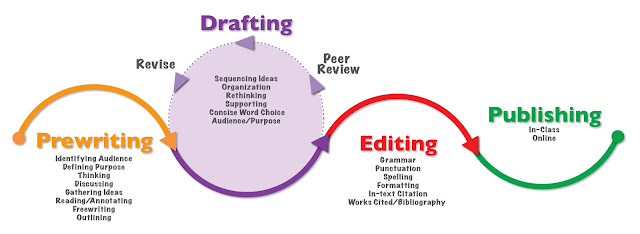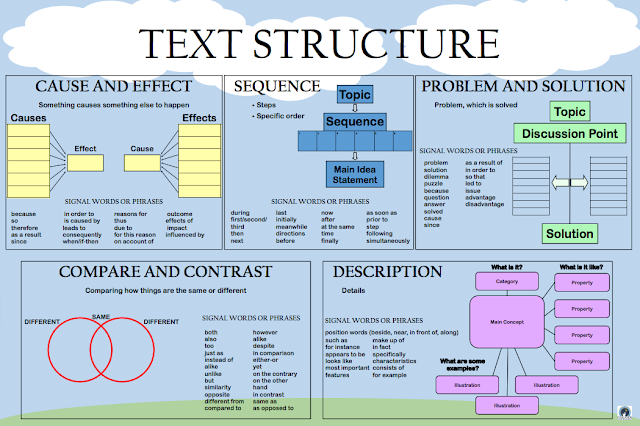Seleccionar un texto adecuado
Como el nuevo currículo de inglés avanzado está estructurado en torno a diferentes tipos de texto, muchas veces nos veremos en la necesidad de seleccionar textos apropiados para nuestros alumnos. Pero ¿qué es un texto apropiado? ¿Qué criterios podemos utilizar para seleccionar los textos (de audio, audiovisuales o escritos) para trabajar en clase?
Aquí os dejo una lista de criterios que he elaborado para un curso online que vamos a impartir como parte de un proyecto Erasmus+. Espero que os resulten útiles:
1. Texts should be as authentic as
possible
There is
nothing wrong with using simplified texts, but we should avoid texts that are
written with the purpose of exemplifying the use of a grammatical structure or
a set of vocabulary, because they don’t exemplify authentic language use.
2. Readability
The reading
passages selected should not only be linguistically and culturally accessible
but also within the students’ reach in terms of content, topic familiarity, and
conceptual difficulty. However, over-explicit texts are to be avoided because
they do not allow for adequate training in the different sub-skills and
strategies especially inferencing. As a matter of fact, in many classrooms,
texts are made increasingly easy for students in the mistaken belief that this
supports struggling students who encounter problems in reading. However,
oversimplification results in texts that lack any challenge, interest or are not exemplars of good writing or speaking.
3. Length/Size:
The texts
that the students have to handle must be of reasonable length so as to allow productive work on them. This is especially true for audio-recorded texts.
4. Suitability of content:
Here texts
appealing to students’ interest and chiming with their age, maturation, level,
and knowledge of the world, etc., are highly recommended. Since students’ level
of English is still developing, there is a danger that we use materials that
have been created for younger children and would thus not appeal to our
students.
5. Cognitively challenging and
emotionally engaging
Texts need
to contain elements that attract students’ attention either because they are
cognitively challenging, present new, interesting information, or because
students can engage with them at an emotional level. This may be because
students feel strongly about the topic of the text, or because they can
identify with the problems of the main character, for example. In any case, the
text needs to make students want to carry on listening / viewing / reading.
6. Exploitability:
Exploitability
is also a very important criterion that should be considered in text selection.
Texts that do not lend themselves well to different forms of exploitation are
useless for teaching literacy and ought to be discarded. They also should be
good models of a certain text type, whether spoken or written.
7. Variety:
This
criterion has to do with text types. The reason for exposing students to a
variety of text types can be amply substantiated. First and foremost students
are allowed exposure to and training in different types of text, such as
narrative descriptive, argumentative, expository, etc. By the same token, the use of different text
types makes different demands on the readers, requires different procedures and
approaches, calls for different reading strategies, and serve as models for
different text types.
(adapted
from https://moroccoenglish.com/reading-text-selection/)




Comments
Post a Comment